Nobody ever told me just how hard breastfeeding can be (and many conversations I’ve had with new moms these past ten months confirm that nobody told them either). For that reason, I want to be totally transparent and honest as I share my – very long – story. But before I do, I also want to make one thing perfectly clear – FED IS BEST. You must do what works for you and your family.
At almost 10 months postpartum, recounting my breastfeeding journey makes me not only emotional but also lost for words and in some ways nostalgic about everything Valentina and I experienced to arrive where we are now.
For all intents and purposes, Valentina is exclusively breastfed, but it didn’t happen the traditional way and it wasn’t an easy road. In fact, I stuck with a very challenging breastfeeding journey longer than I probably should have, but my reasons for doing so are deeply personal.
No Back-up Plan
During my pregnancy, I had decided that I’d like to breastfeed Valentina. I never thought about what my back-up plan would be because I didn’t know I may need one. Like many pregnant women, I ordered my breast pump through insurance and we signed up for a breastfeeding class. The class made it sound easy and for any challenges I could call on a Lactation Consultant. According to the breastfeeding class, if I wanted to use the breast pump, I could if we were going somewhere that evening and our baby needed to be bottle-fed by a caretaker. My breast pump arrived and I didn’t unbox it thinking I would figure it out later.
Fast forward to five and a half weeks before my due date and Valentina decided to make her grand entrance. Immediately after her birth, she was taken away to the NICU with no skin-to-skin. Skin-to-skin has many benefits for mother and baby, one of which is to encourage milk flow and breast-feeding.
A Long Relationship with a Breast Pump
Right after I gave birth, one of the nurses helped me hand express colostrum. It was all a blur but I clearly remember her reassurance that I should have no problems breastfeeding. Later that night, a Lactation Consultant visited my room to show me how to use the hospital-provided breast pump. Anything I produced was sent straight to the NICU for Valentina. Little did I know, this would be the beginning of my long relationship with a pump.
Soon it became clear that Valentina wouldn’t be leaving the NICU in due time. She was struggling to breathe on her own and would need to feed through a tube. Even once she was breathing independently, she was still struggling to eat completely on her own. That being the case, I was pumping every three hours around-the-clock according to her feeding schedule (7 AM, 10 AM, 1 PM, 4 PM, 7 PM, 10 PM, 1 AM, 4 AM). Eight. times. per. day.
The milk I provided was administered through her feeding tube. Add to this rigorous pumping schedule: postpartum recovery, the stress of having your newborn in the NICU, going home without your newborn and making daily visits to the hospital. Not surprisingly, my milk was slow to come in and when it did, it wasn’t plentiful.
In addition to tending to various medical needs, the 18 days Valentina was in the NICU were dedicated to helping her learn to eat. We tried breastfeeding a few times with little success so we focused on the bottle. Once she finally mastered the bottle feed – the last of her milestones – she was discharged the next day.
Triple Feeding
Early on, the NICU supplemented my milk with some donor milk. As the days went on, I began to produce enough milk to feed Valentina. It was just enough; whether I could keep up with Valentina’s needs was questionable.
The hospital staff sent us home with directions to “triple feed” whereby I would nurse Valentina, follow it with a supplemental bottle of expressed breast milk and then pump. This strategy is not only time-consuming but also physically and mentally exhausting. Needless to say, it’s meant to be a temporary solution, but somehow we continued this way for almost six months.
While I was commuting back and forth to the NICU, I connected with a friend whom, upon learning Valentina was in the NICU, immediately asked if I was pumping. She had “exclusively pumped” for her son for 9 months and considered herself an expert on the topic. I’d never heard of exclusively pumping so she explained how important it was for me to stick to my pumping schedule and that if breastfeeding didn’t work out, I could still continue to feed Valentina my breast milk whether I had to supplement with formula or not. To this day I’m so grateful for her guidance. In fact, until that conversation, I was so worried about Valentina’s health that I hadn’t taken my pumping schedule as seriously as I should have.
At home, we sought the support of a Lactation Consultant. She offered some tips, but things didn’t improve. Although Valentina’s latch was fine, my supply was low and my letdown was slow. Weighted feeds revealed that she wasn’t transferring milk efficiently.
I kept pumping. I kept triple feeding. Something in me didn’t want to give up. Not only did I know we could do it, I felt an obligation to keep going for Valentina. After her birth, I felt immensely guilty for being unable to carry her to term. If I couldn’t do that for her, THIS was something I could do. But the stress was taking its toll. I was at a point where I was producing only enough milk for her next feed and couldn’t get ahead – the pumping equivalent of living paycheck to paycheck.
Part of me continued going on this way because I didn’t know what else to do. I wanted so badly to figure it out. While I had nothing against formula, Valentina was gaining weight and I was still making enough milk. I didn’t want to give up yet.
Getting Ahead
Then another fateful encounter around the Holidays led me to a second Lactation Consultant who was unlike the others. She gave me guidance that other Lactation Consultants hadn’t and put me on a supplement regimen that would ultimately increase my milk supply. Furthermore, she referred us to a pediatric ENT who assured us that even though Valentina had a mild tongue tie, it wasn’t preventing her from nursing, it wouldn’t cause future issues with speech or eating and therefore didn’t need to be clipped.
Although I was still triple feeding, these improvements kept me optimistic and in January, we began to see progress though not consistent. In late February, five months in, my parents came to visit for a week. While they were staying with us, Valentina and I fell into a routine of breastfeeding once a day and pumping the rest. I had fully intended to go back to triple feeding after they left, but didn’t. The new routine took some of the pressure off and made everything feel a little easier.
Our New Normal
This remains our routine. With time and age, Valentina learned to nurse and became faster and more efficient. While this isn’t the way I envisioned feeding her, it works – for us. I appreciate the peace of mind I get from bottle feeding because I know exactly how much milk she gets at each feed.
Even so, I haven’t slept a full night since the day Valentina was born. Keeping my supply up means pumping in the middle of the night. Over time, I’ve been able to lessen the frequency of pumping especially as Valentina eats – and prefers – solids. I’m now pumping five times per day.
While I know most women would think I’m crazy for doing what I did – and I don’t recommend it – I’m glad I stuck with it for Valentina. I knew we could do it and in our own way we have.



[…] My Breastfeeding Journey […]